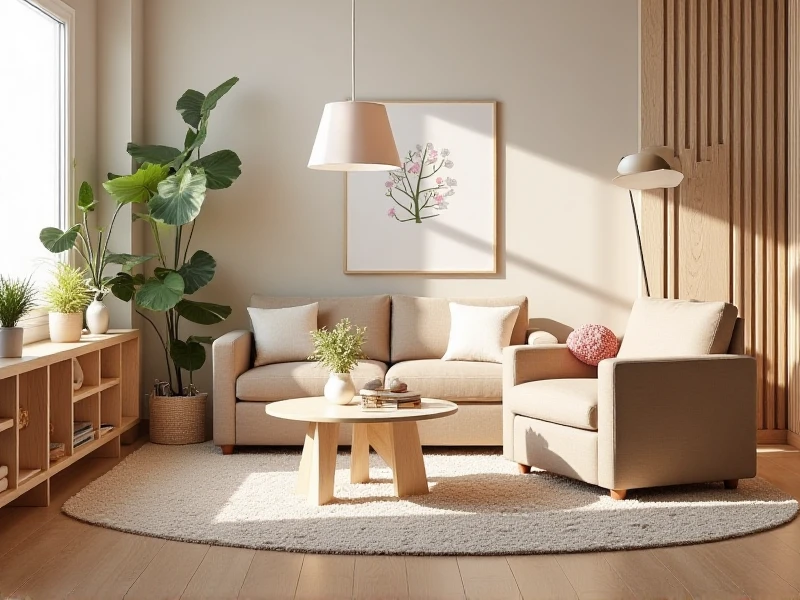The Evolution and Benefits of Modern Lights in Everyday Life
2025-06-11

In today's fast-paced world, lights are more than just a source of illumination—they are essential for enhancing comfort, safety, and efficiency in our daily routines. Whether you're lighting up your home, brightening a workspace, or ensuring visibility outdoors, the right lights can transform any environment. From energy-saving LEDs to smart lighting systems, innovations in lights continue to shape how we interact with our spaces. This guide explores the journey of lights, their diverse types, and practical tips to help you make informed choices for a better, more sustainable lifestyle.
The story of lights begins centuries ago with primitive methods like candles and oil lamps. However, the advent of electricity revolutionized everything, leading to inventions such as incandescent bulbs by Thomas Edison. These early lights provided basic brightness but were inefficient, generating significant heat and consuming high energy. Fast forward to the 21st century, and we now have advanced options like LED (Light Emitting Diode) lights. These modern lights last longer, use up to 80% less energy than traditional bulbs, and reduce carbon footprints—making them a favorite for eco-conscious consumers. Transitioning to LEDs not only cuts electricity bills but also contributes to global sustainability efforts, as they minimize waste and support green initiatives.
Beyond energy savings, lights play a crucial role in home design and functionality. For instance, in residential settings, strategic placement of lights can create ambiance. Soft, warm lights in living rooms foster relaxation during evening hours, while brighter, cooler lights in kitchens improve task efficiency for cooking and cleaning. When choosing lights, consider factors like lumens (brightness output) and color temperature—options range from warm yellow tones for cozy areas to cool whites for active spaces. Additionally, outdoor lights ensure security; motion-activated lights in gardens or driveways deter intruders while guiding paths at night. Smart lights amplify these benefits with Wi-Fi connectivity, allowing remote control via apps or voice assistants. With features like dimming and color-changing, you can set moods effortlessly—imagine waking up to a gentle sunrise simulation from your bedroom lights!
Health and well-being also tie into lights. Natural light exposure regulates our circadian rhythms, but when it's unavailable, artificial lights step in. Full-spectrum lights mimic daylight, boosting mood and productivity, while specialized lights like blue-light filters protect eyes during extended screen time. For families, this means safer, healthier environments where lights prevent strain and promote better sleep patterns. In commercial settings, efficient lighting leads to higher employee morale—think offices with adjustable lights that adapt to tasks throughout the day.
As urban areas grow, the demand for innovative lights surges in public domains. Street lights equipped with solar technology offer cost-effective, renewable solutions for safer communities. Public events rely on dynamic lights for entertainment, highlighting how lights enhance cultural experiences without excessive energy use. To capitalize on this, brands can expand accessibility with affordable options, ensuring everyone benefits from modern lighting.
In conclusion, lights are not merely fixtures—they're transformative tools that improve daily life through energy efficiency, aesthetic appeal, and enhanced safety. By adopting smarter choices like LED or smart lights, you can save money, support sustainability, and elevate your living spaces. Explore the latest in lights today to illuminate a brighter, more efficient future. Start small: swap out old bulbs and see the difference lights make! For personalized advice, consult local experts or browse our site for tailored lighting guides.
Category: